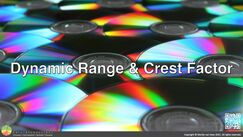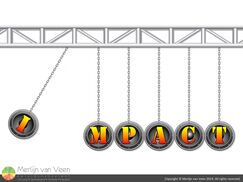
- Details
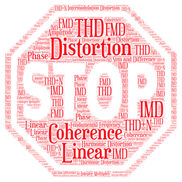 M-Noise™ is a new scientifically derived test signal whose crest factor as a function of frequency is modeled after real music. M-Noise should be used with a complementary procedure for determining a loudspeaker’s maximum linear SPL. The M-Noise Procedure contains criteria for the maximum allowable change in coherence as well as frequency response. When the loudspeaker and microphone are positioned as prescribed by the procedure, reductions in coherence are expected to be caused by distortion. Although higher precision methods for measuring distortion exist, coherence has the advantage that it can be calculated for wide-band signals such as M-Noise as well as music.
M-Noise™ is a new scientifically derived test signal whose crest factor as a function of frequency is modeled after real music. M-Noise should be used with a complementary procedure for determining a loudspeaker’s maximum linear SPL. The M-Noise Procedure contains criteria for the maximum allowable change in coherence as well as frequency response. When the loudspeaker and microphone are positioned as prescribed by the procedure, reductions in coherence are expected to be caused by distortion. Although higher precision methods for measuring distortion exist, coherence has the advantage that it can be calculated for wide-band signals such as M-Noise as well as music.
- Details
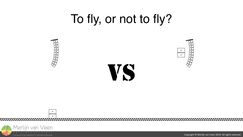 If loudspeakers could somehow magically occupy the same point in space, our work would be considerably less difficult. Unfortunately, actual, physical loudspeaker enclosures prohibit us from doing so, which is when "Shit hits the fans" (plural). Physical displacement between multiple loudspeakers is one of the prime challenges in sound system design.
If loudspeakers could somehow magically occupy the same point in space, our work would be considerably less difficult. Unfortunately, actual, physical loudspeaker enclosures prohibit us from doing so, which is when "Shit hits the fans" (plural). Physical displacement between multiple loudspeakers is one of the prime challenges in sound system design.
- Details
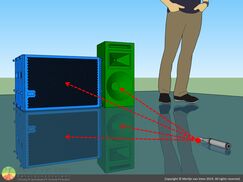 figure 1One of the biggest challenges every new generation of sound engineers appears to struggle with is learning how to phase align subwoofers to mains. A quest which at one point in my early career felt like impossible.
figure 1One of the biggest challenges every new generation of sound engineers appears to struggle with is learning how to phase align subwoofers to mains. A quest which at one point in my early career felt like impossible.
In this article, I will disclose the method which has been working flawlessly for me in the past couple of years. It's a two-step process consisting of a relative and absolute part.
